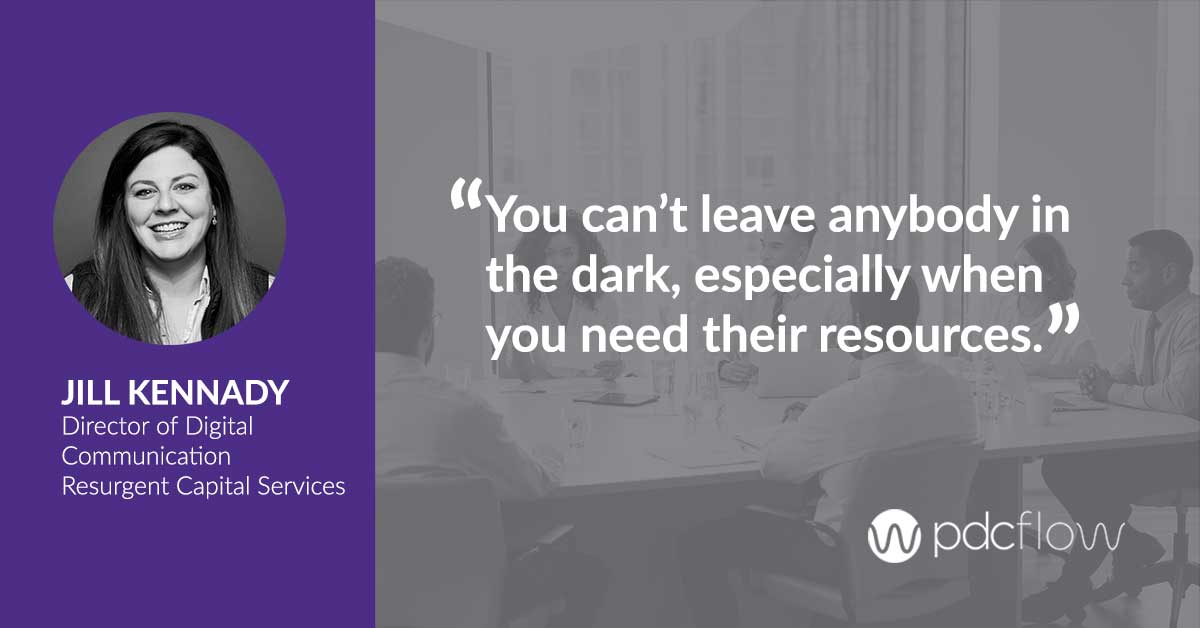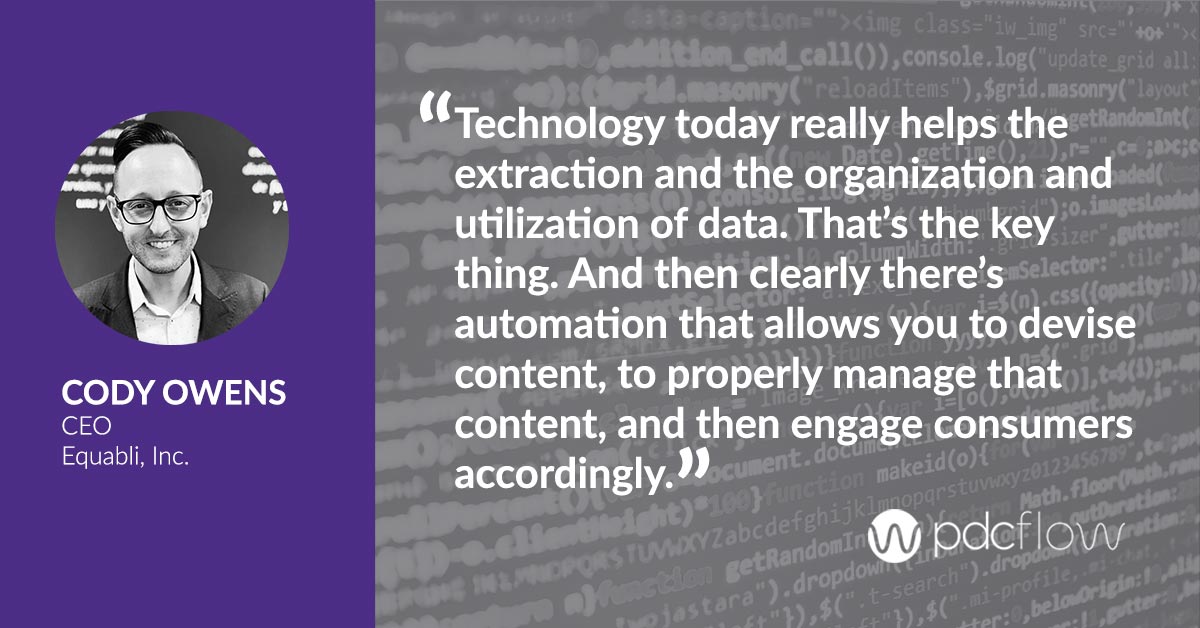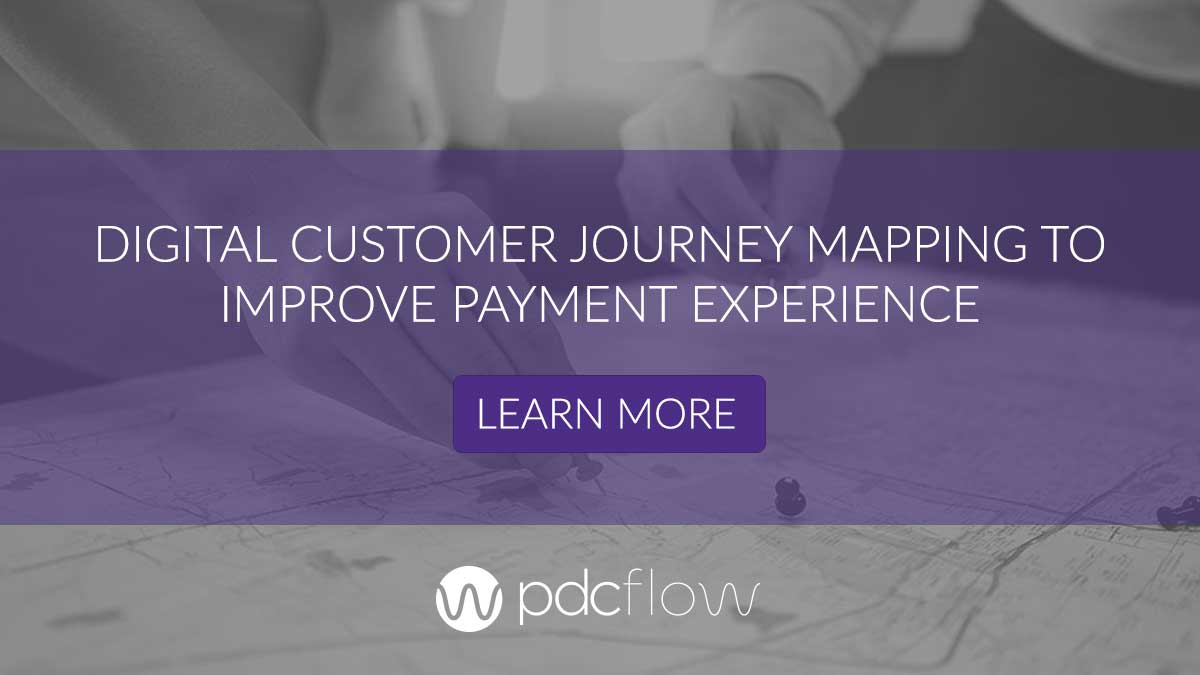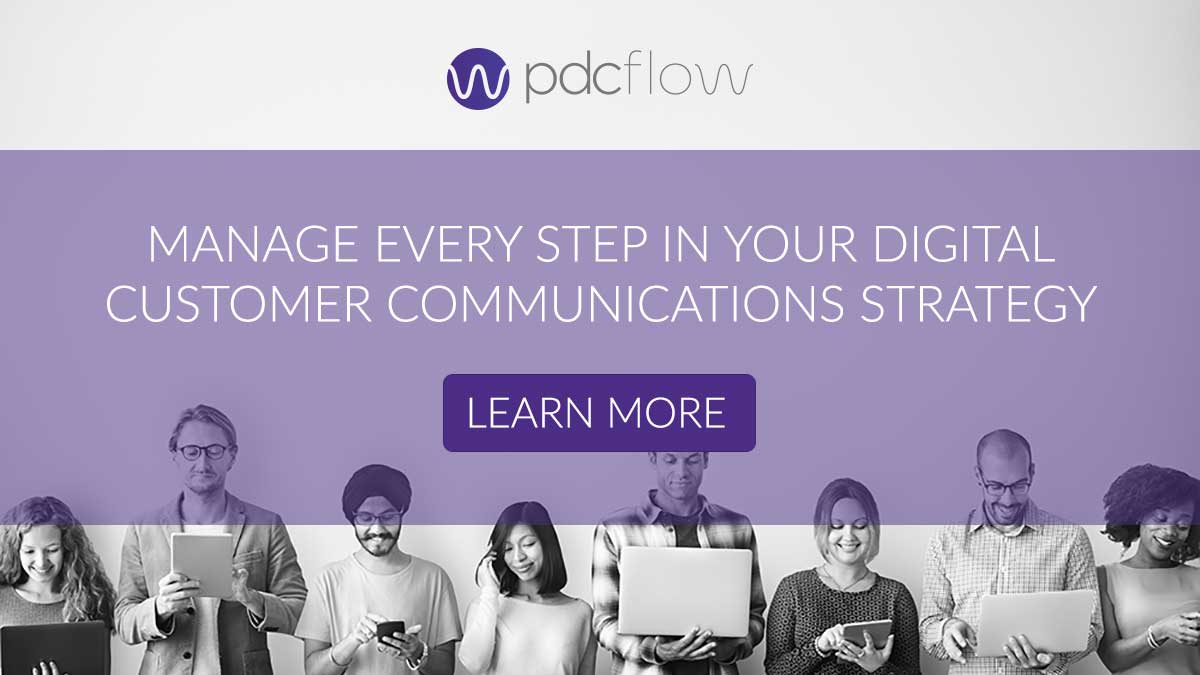Regulation F, consumer preferences and better software options all point toward the same conclusion – having a digital communication strategy in debt collection should be the norm. However, change is hard. Many agencies are still hesitant to commit to digital strategies.
In a recent Accountsrecovery.net webinar, experts Jill Kennady, Resurgent Capital Services, Jordan McWilliams, Contract Callers, Inc., and Cody Owens, Equabli, Inc., discussed having a digital communication system for debt collection and why your agency should adopt digital today.
Time for Industry-Wide Change (So Why Are Agencies Hesitant?)
Most other industries offer digital channels. Why is accounts receivable so far behind? The panelists say they understand the hesitancy in implementing digital channels. Compliance concerns may be daunting to overcome. But if your agency isn’t making a plan to use digital channels, you’re already being left behind by competitors.
A lot of agencies are still nervous about the amount of work it will take to choose and implement digital channels for your operation. Breaking up the project into small, manageable pieces can help you think through the process with more intention.
“Beginning to email customers is a huge task, but how many smaller tasks can I do?,” asks McWilliams. He says identifying required steps – like identifying desired channels, choosing vendors and writing content – and tackling them one at a time can help you progress without feeling overwhelmed.

Jordan McWilliams
Implementing a Digital Communication Strategy
Each channel you choose will require content (like email and text message templates) to be successful. You also need to know the mobile phone numbers and email addresses in your system have been scrubbed and verified, so messages are reaching the right people.
But before you take action implementing your digital communication strategy, there are some key elements you need to keep in mind.
Sustainability

Jill Kennady
Omnichannel Thinking
The customer journey should be a simple, frictionless experience, no matter how consumers choose to interact with your agency. You need to have a good understanding of how each channel operates, so you can identify blind spots or accommodate for differences between them.
“I think the most important factor is thinking with an omnichannel mindset, trying to create a cohesive experience across communication channels – and in order to do that, you really have to focus on a number of things,” says Owens.
Understanding the technology, ensuring a tight integration between each of your softwares and maintaining data continuity helps each element of your omnichannel system work together and create a better customer journey.

Cody Owens
Planning Ahead
The key to longevity and success with a digital communication strategy is planning ahead. You need to have an end-goal in mind and build your program to support it.
You should have a clear view of the steps it will take to accomplish your plan. This helps you visualize each logistical point it will take to get there. “Build the full roadmap before you even start and then work through it from front to back,” suggests McWilliams.
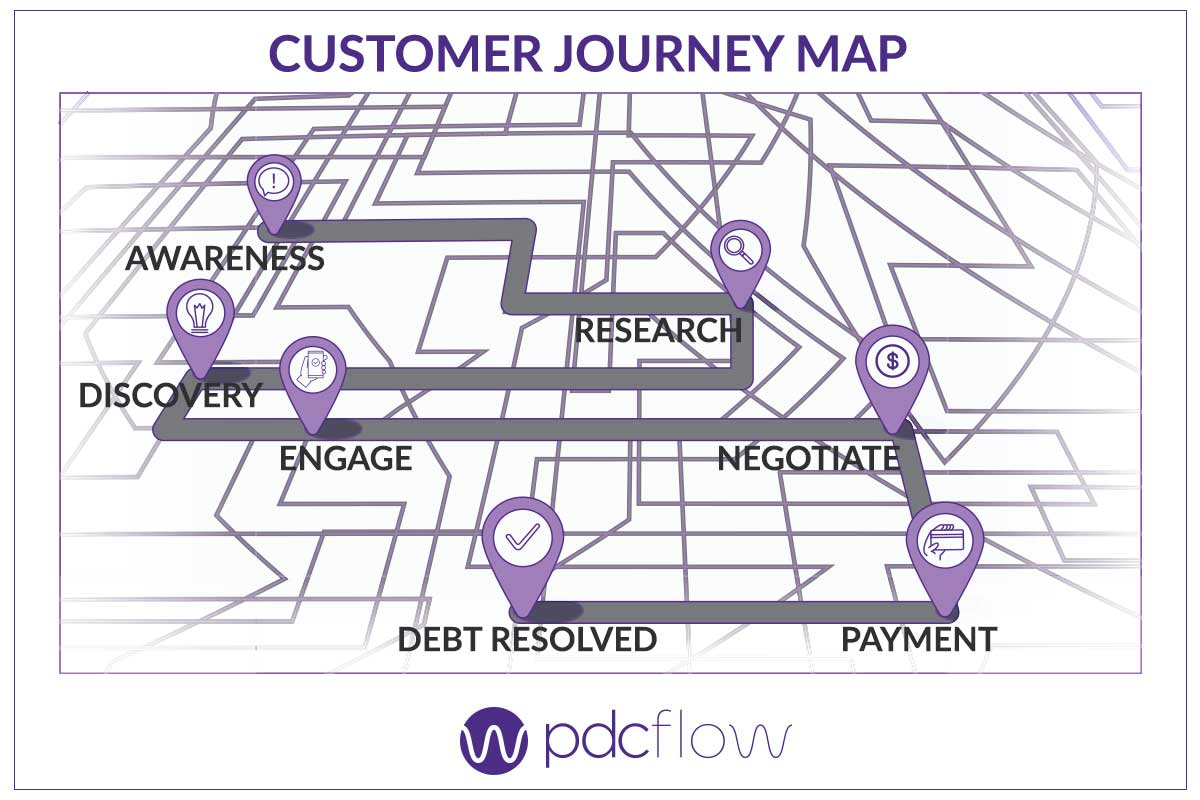
Technology and Vendor Partnerships
Creating an omnichannel communication plan can be overwhelming, especially for those who don’t have much experience with technology. How can you manage these limitations and still create a solid plan for your digital channels?
McWilliams says learning from experience can be the best teacher, and encourages experimentation with your digital tools. Trying (and failing) can show you what works and what doesn’t, giving you more information going forward.
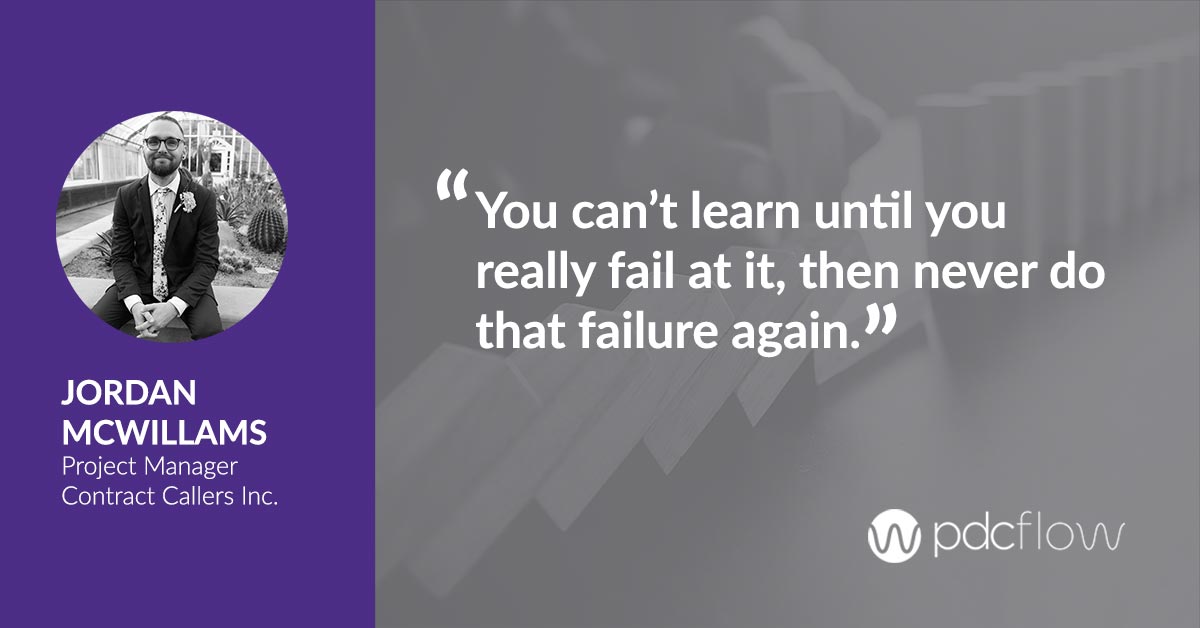
For those still hesitant to experiment, vendor partnerships can give you the confidence you need to get started. Lean on your current relationships for more insight into expanding your digital offerings, or look for something new to add to your tech stack.
Your vendors should be happy you are their customer and willing to share their knowledge and experience to strengthen your organization. Look for companies that want to grow with you, rather than those who only seem interested in making the sale and forgetting about you afterward.
Remember, if you don’t have anything implemented or your forms of digital communication could be improved, starting small is always an option. You may choose to start by using bare-minimum functionality of your tools. This can ease the burden of a small team or limited experience.
Starting small can also help you understand the next steps toward large scale digital customer communication. Kennady says partnering with vendors and getting buy-in from your own leadership are important because they may need to provide you with data or give you permission for projects.
Your digital communication solutions can also improve your overall collection strategies and help you better understand how consumers behave. Data helps you monitor text message and email open rates and test the effectiveness of your messaging.
Having many channels to compare will give you a better understanding of consumer types and why they prefer certain channels. This deeper knowledge makes it easier to determine the best use cases for each channel.
Digital Consent Tracking
Regulation F has outlined rules for consent, requiring you to honor communication opt-ins and opt-outs. Make sure that your digital channels provide a way to quit receiving notifications, no matter what process and channels you have in place.
Don’t miss part two of the webinar discussion recap! During this hour-long webinar, the panelists also covered:
- the pros and cons of different digital channels
- digital communication best practices
- the biggest mistakes companies make implementing and running a digital communication strategy.
Subscribe to the PDCflow blog to be notified when the article is published.


